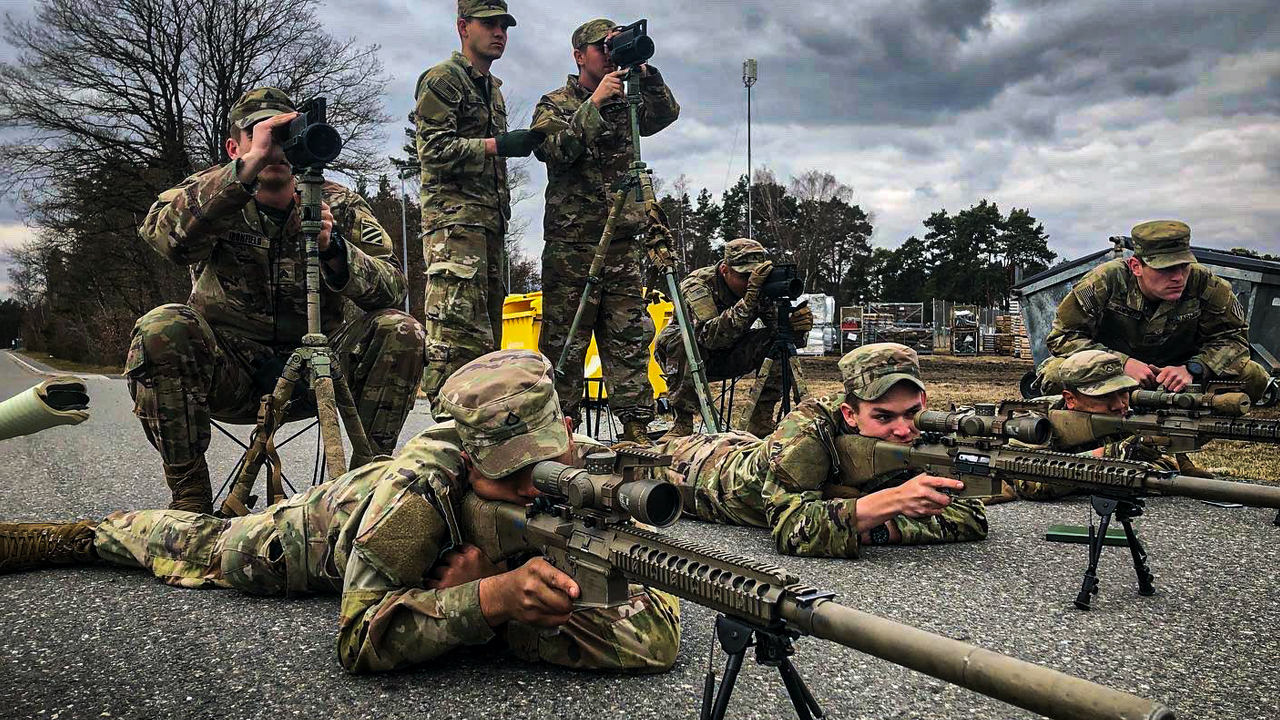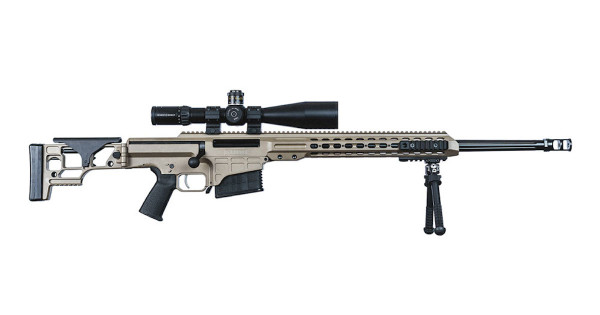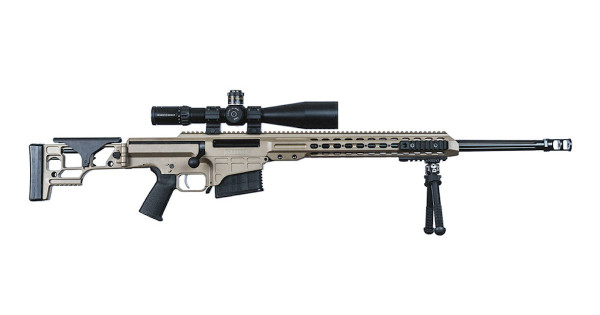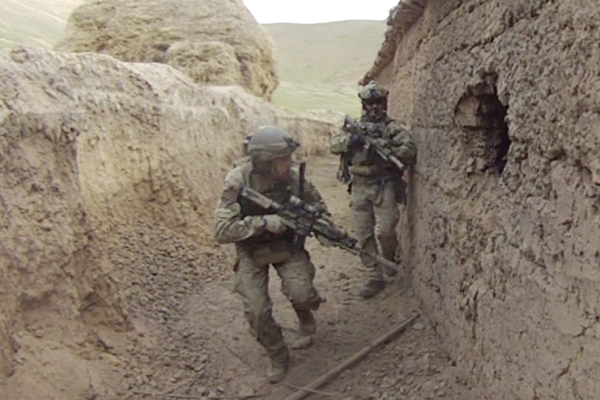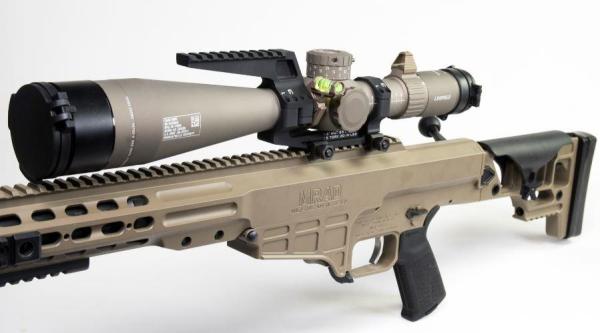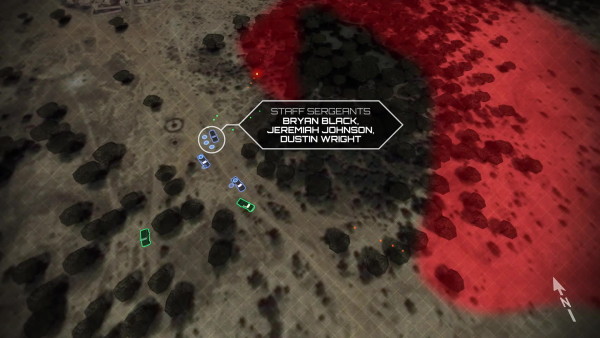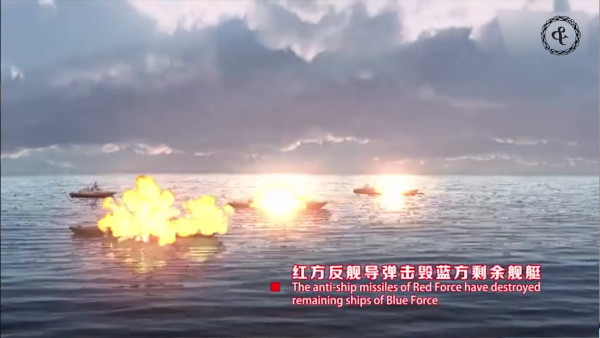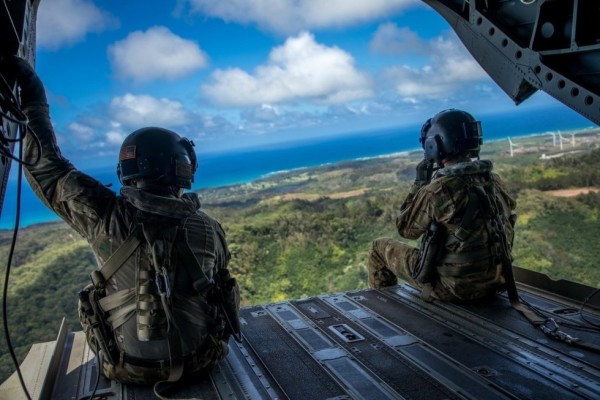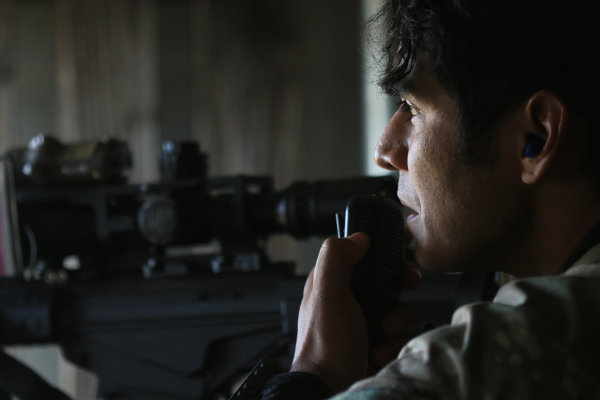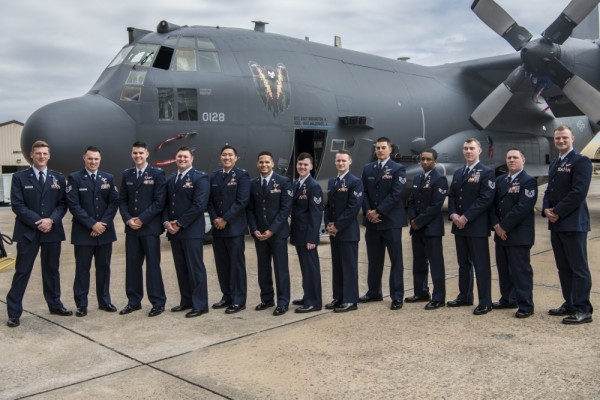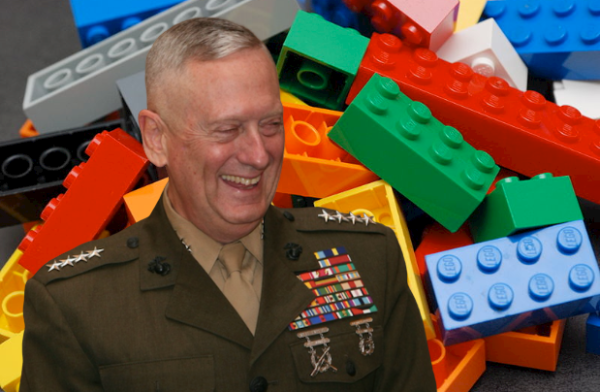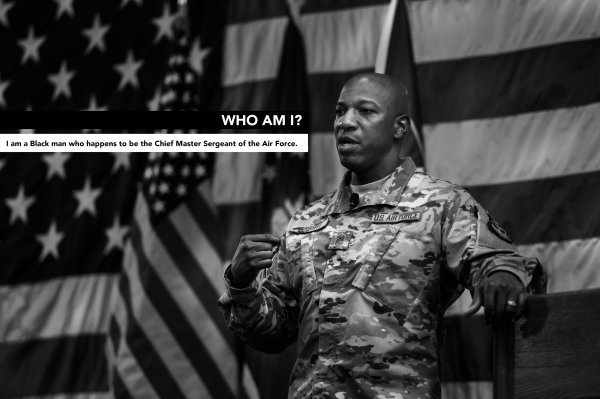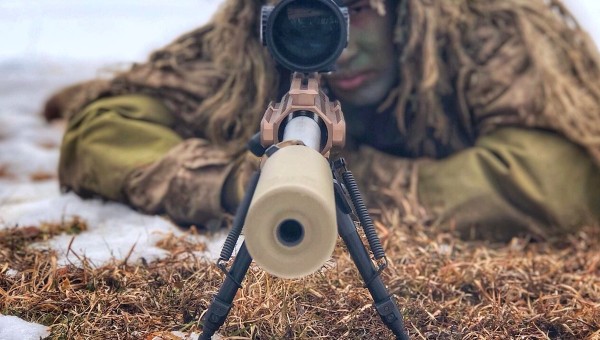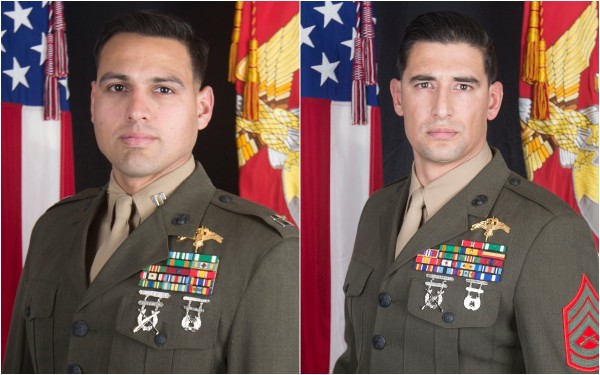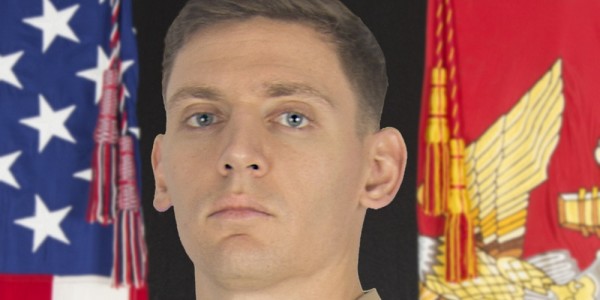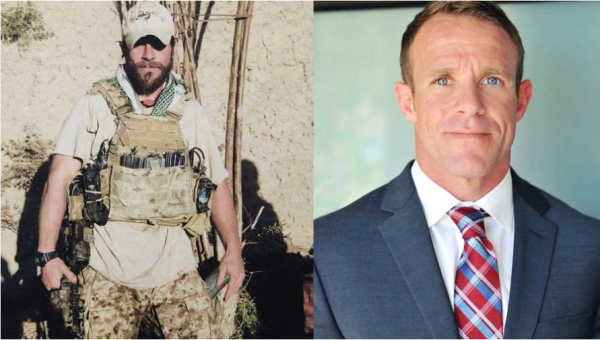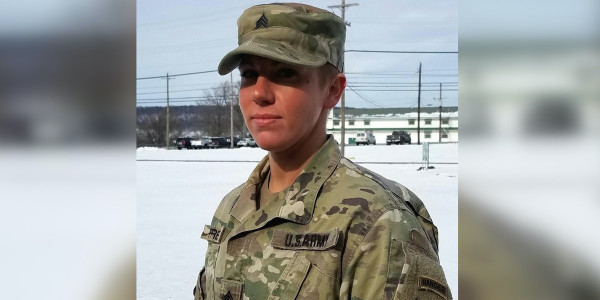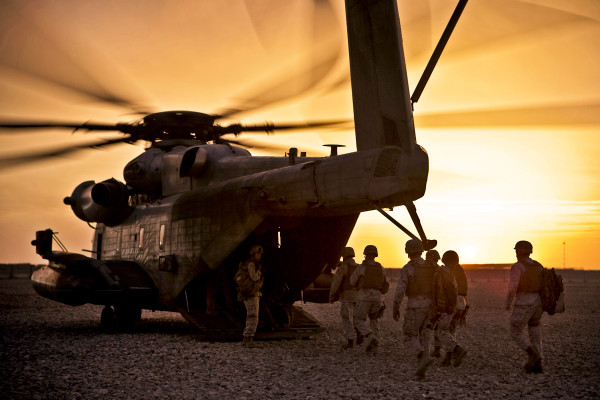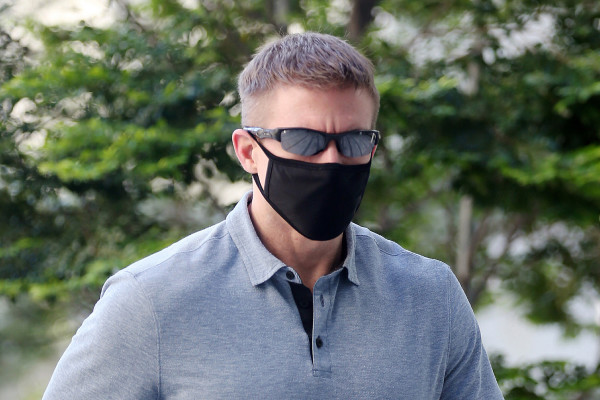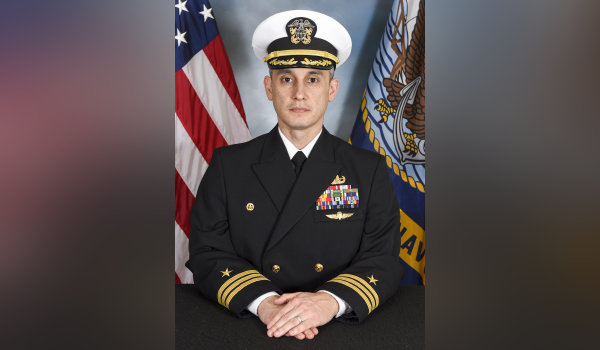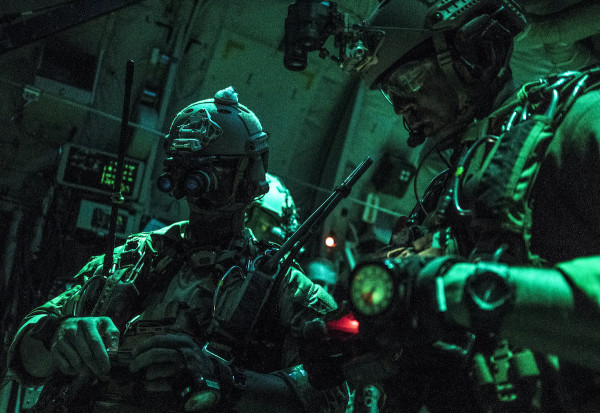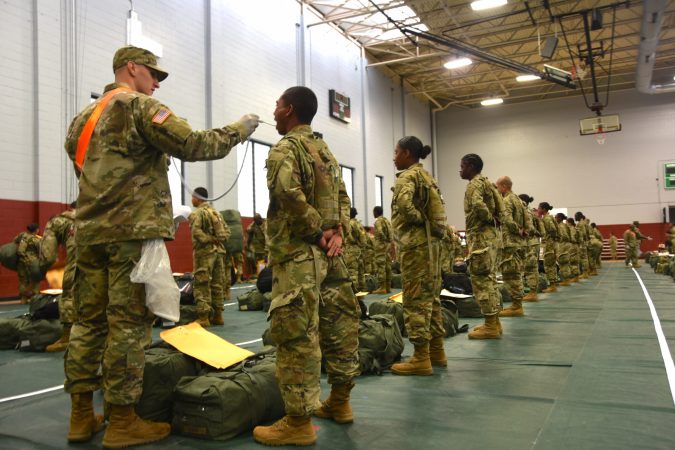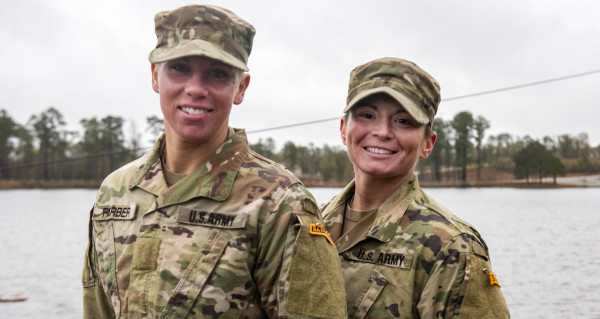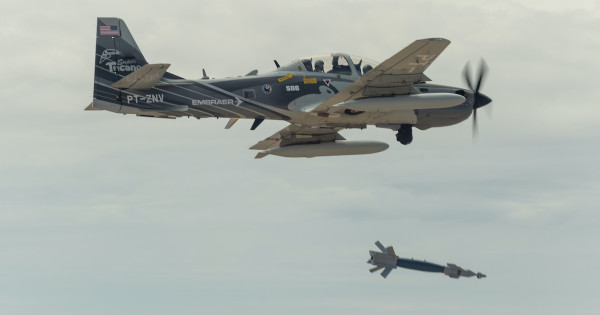At their most basic function, snipers throughout history have been used to create “dilemmas for opposing commanders,” Brig. Gen. Larry Burris, the commandant of the Army Infantry School, said last month. Not only are they expert shots, but they’re talented intelligence gatherers that can outlast and outperform most. They can provide commanders with extremely valuable information that could change the course of battle. That is, if commanders know how to use them.
While April’s International Sniper Competition at Fort Benning, Georgia, was exactly that — a competition — it also served as an opportunity for those writing the Army’s sniper playbook to learn what needs to improve. Among those takeaways is that commanders need to better learn how to use and train their snipers.
There’s “no real formal [program of instruction] to educate officers on how to employ snipers,” Capt. David Wright, the commander of the sniper school, told Task & Purpose last month. That can result in commanders taking a back seat in their sniper teams’ training, and assuming that their snipers are doing what they need to do without really checking in on or understanding their training progress, Wright added.
And closing that gap could have huge benefits for training and combat.
“There is a ton of talent from a [noncommissioned officer] standpoint in this field, and if we aren’t leveraging them in our training at home station, we’re probably failing our formation,” Wright said. “We need to be working more to integrate snipers into our collective training in order to build that lethality and that understanding of how all of this ties together.”

Subscribe to Task & Purpose Today. Get the latest in military news, entertainment, and gear in your inbox daily.
The sniper instructors who were running the competition are also tasked with updating sniper doctrine, which serves as a rulebook for when and how to employ snipers on the battlefield. Officers are “very nested in doctrine,” Staff Sgt. Andrew Dominguez, a sniper instructor, said. “So when they need to understand a question, they reference their playbook. And when it says, ‘Snipers need to do X, Y, and Z, and this is how you do it,’ that helps us.”
But it’s not just up to the officers, Dominguez said, it’s up to the instructors, who are noncommissioned officers, to be constantly updating the doctrine so it’s useful for the commanders reading it.
Through the competition, which ran from April 4 to 7, instructors were taking note of the skill set around the force — the teams competing were the best of the best, and it helped give an “idea of what the rest of their sniper teams look like,” said Wright. It also helped show them identify their weak spots. For example, if a competing team wasn’t communicating well, which is a critical element of a successful sniper team, the instructors could point that out and tell them they needed to formalize their communication to be more efficient.
And as the Army moves away from counterinsurgency and focuses on large scale combat operations, having an efficient sniper team is crucial. Burris, who spoke at the competition’s closing ceremony, said the contest plays “an important role” in the Army’s transition to large scale combat, as the “lessons and insights” learned through the competition are put back into training.

“The increased interoperability gained from this competition provides our nation and our partners with a significant advantage regarding the uncertainty in today’s world,” Burris said. “Sniper teams and the need for precision fires is relevant today, as seen through current world events across the globe.”
He pointed specifically to Russia’s invasion of Ukraine, and a Ukrainian sniper’s success in taking out a Russian general. The Ukrainians are being “really successful in deploying small teams,” Wright said. And smaller teams of people can operate under the radar in a way larger groups cannot, both by simply being harder to stop and also in the sense of electromagnetic warfare. Larger units emit more radio waves, he said, but smaller teams have a “very low signature,” which makes them “harder to attack.”
And because they’re harder for the enemy to find and attack, it’s easier for them to get closer to their target or objective, setting themselves up to be able to take advantage of any opportunity — like taking out an enemy commander — the moment it presents itself.
“Obviously we don’t want soldiers running around on a battlefield without understanding a commander’s intent,” Wright said. “But commanders giving clear and concise guidance, limitations, and empowering our sniper teams could affect the battlefield in the same way that we’re seeing in Ukraine.”

And the importance of understanding long range precision fires is only going to increase, especially when you take into consideration the “next 10 years of modernization,” Wright said. He pointed specifically to the Next Generation Squad Weapon, which has both rifle and machine variants that will replace the Army’s M4 and M249 Squad Automatic Weapon.
“Long range precision fires are going to become far more important” as those soldiers get their hands on those weapons, Wright said. “We’re going to be expecting privates and specialists that are not sniper qualified to engage targets at 800 meters. And the guys that are best able to train that are already qualified here at the sniper school.”
In the competition at Fort Benning, even the sniper team in last place was “extremely lethal,” Wright said. That doesn’t mean there isn’t still work to be done — including formalizing the sniper engagement process through doctrine and investing heavily in training — but those teams didn’t get to the international competition by not being the best.
“We measured their toughness, their intelligence, their technical capabilities,” Wright said. “The United States military and our allies definitely stand out throughout the world for our ability to employ long range precision fires.”
The latest on Task & Purpose
- The Marine Corps is headed for a pilot exodus
- ‘The king of battle’ — How US artillery in the hands of Ukrainians may reshape the war with Russia
- Marine intel instructors got caught calling students ‘whore’ and ‘slut’ in private chat. No punishment was recommended
- How to pass the new Air Force fitness test, according to a guy who oversaw 600 of them
- ‘Dirt boyz,’ ‘Port Dawgs,’ and ‘Red Horse’ — A guide to Air Force lingo for the rest of us
Want to write for Task & Purpose? Click here. Or check out the latest stories on our homepage.

